Whether you’re working with the B2B or B2C market, email definitely deserves to be one of your main channels. A 2021 study by the Content Marketing Institute showed that 87% of B2B companies and 79% of B2C companies use email as one of their key communication methods.
These numbers aren’t all that surprising: despite the fact that social media dominates all other communication channels, email remains one of the most personal forms of communication with clients. Brands can reach out to each user directly, giving them a far greater chance of developing a better connection and consequently, turning audience members into long-lasting clients.
So how do you get started with email marketing?
Table of Contents
1. Choose Your Provider
The first essential step is to choose an email marketing provider. Here are some popular options:
MailChimp – Probably the most popular platform across the globe. MailChimp offers an intuitive interface, as well as great customer support.
Aweber – One of the oldest and most reliable email service providers out there. Aweber comes with lots of great integrations for clients.
HubSpot – Comes with lots more than just email marketing and has an inbuilt CRM system to take your marketing and sales to the next level.
Drip – A great choice for eCommerce brands. Drip comes with fantastic segmentation capabilities (more on this later).
All of these providers have their own advantages, depending on your unique business needs, so it’s a good idea to try each of these before you commit to a single platform. If you’re not learning about email marketing for your own business but to get a job in this field, then you can try using different platforms to get accustomed to them and have a wider skillset. The best option would be to look through email marketing jobs to see which platforms are most popular amongst employers you like.
2. Work on Your Audience
Once you’ve found the right software for your needs, it’s time to work with your contacts. This step can be broken down into 3 main stages:
Get Subscribers
There are a number of ways that you can get email addresses for your audience.
The easiest (and most organic) way would be to get their address when they sign up for your service or register their account when making a purchase. The key here is to ensure users give their consent and know they are being subscribed to a mailing list. Take a look at Udemy’s example – the text here is short and sweet, with some extra motivation thrown in to get people to subscribe:

Another way you can get subscribers is by creating lead magnets such as freebies or special offers in exchange for the user subscribing to your email list. The most common examples here are PDFs with useful ‘exclusive’ content or a discount. The better your offer, the more people will subscribe!
Bear in mind that you’ll need to keep your email content useful and relevant for the recipient after they’ve received what they signed up for – otherwise they’ll just end up unsubscribing.
Finally, you can get people to subscribe using a good old-fashioned website form. The best placement for these is in a blog section on your website, if you have one. Here’s an example from optinmonster:

This option usually sees fewer people signing up, but it’ll also give you a much more loyal audience – these are people that actually want to hear from you because they like what you do.
Import Emails
This step will depend on the provider that you choose, but the most common ways that you can add your contacts are by uploading a CSV file, pasting emails manually, or using more complex integrations between your database and the email service provider (this step is for more tech-savvy folks). Along with emails, you can paste other important details such as people’s names or dates of birth – these will help personalize your campaigns and take your marketing to the next level.
Segment Contacts
Following on from the previous point, segmentation is key to providing a more personalized experience. You can segment contacts based on lots of different factors, such as date of purchase, age, gender, and any other details that you have about them. The more information you can gather, the more you can fine-tune your email marketing to provide a truly tailored experience that will wow your subscribers and helps them connect with your brand. Once you’ve sent a few emails, you can even segment recipients based on campaign activity and try to boost engagement rates for those that aren’t yet showing interest. Here’s an example of what this looks like in MailChimp:

The possibilities for segmentation are truly endless. If you want to grow your email marketing, you’ll need to spend time working with this instrument.
3. Decide what emails you’ll be sending – and create templates
There are lots of different types of emails that you might want and need to send. These may include (but aren’t limited to):
・Onboarding emails
・Sales / marketing emails
・Newsletters
・Surveys
Let’s go into some more detail on each category.
Onboarding emails
Onboarding emails are all training and educational emails that will help clients learn how to use your product or service. These are more popular amongst software companies, but brands from all niches send out an onboarding ‘welcome’ email with info about their brand and what they have to offer.
Here’s an example from Headspace:

Onboarding emails have some of the highest open and click rates, and it’s easy to see why – they provide true value, without trying to sell anything to clients. Users need help and onboarding emails provide them with the support they’re looking for – make sure to include these in your email marketing strategy if possible.
Sales emails
This category is pretty self-explanatory and tends to be the main reason companies set up their email marketing in the first place. Sales emails are all the campaigns that you send with discounts, special offers, and bonuses.
These emails tend to have slightly lower open rates than other categories, but if you make them creative and only send them out once in a while (in other words, don’t spam your audience), clients will be more likely to take an interest.
Here’s a great example from Grammarly:

Newsletters
Strictly speaking, newsletter emails aren’t a compulsory component of your email strategy. But they do help you maintain a connection with your clients by keeping them updated on news from your company.
Newsletters are more common amongst blog email lists, where people subscribe to get a digest of top posts every week or so. Software companies use these to reveal new features that they’ve been working on or have released. Retail companies send out newsletters with information about new products that they’ve added to their catalog, events that they’re taking part in, or a digest of their best deals (these can border on sales emails from the previous category).
Here’s a newsletter example from Glitch:

Surveys
Surveys are a great way to get to know your audience better (and can help with fine-tuning your segments, too). Using these, you can find out more about customer satisfaction, how you can improve clients’ experience, and get feedback on your brand or products.
Here’s an example from Wirecutter:

Once you’ve decided on which emails you’ll be sending most often, you can create a go-to template for each category. This will help you optimize the campaign-building process, as you won’t waste time trying to create a new structure for every email – all you or your email marketing team will have to do is paste new texts and images into the template.
4. Analyze your stats
Once your email marketing is up and running, you’ll need to keep track of how well your campaigns are performing. Your email marketing software will give you insights into key metrics such as:
・Open rate
・Click-through rate (CTR)
・Conversion rate
・Unsubscribed addresses
You will also likely be able to get other statistics about campaign recipients such as their predicted age, gender, and location (but these will not always be 100% accurate).
Using this information you can understand what’s working well or what you can do to improve your emails. For example, if a particular campaign’s open rate was low, you can come up with some hypotheses on how the subject line may have affected this. If the click rate is less than you expected, work on creating a more effective call to action in the email or change the design to make it more appealing – in some cases, all you’ll need to do is change the button color. If your campaign had a lot of unsubscribers – maybe your audience doesn’t like that kind of content and you need to adjust your approach.
Also Check:
Beginners Guide to Get Started with Email Marketing
LinkedIn Email Extractor Tools
Effective Steps to Create Engaging Emails
Final thoughts
We hope these steps help you in your email marketing journey! These are just the key things that you need to consider when starting out. As with everything, you’ll get more knowledge and a much deeper understanding once you actually begin working with campaigns, analyzing them, and creating experiments to improve them.
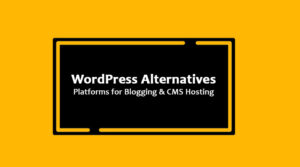
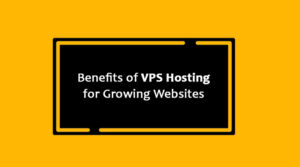




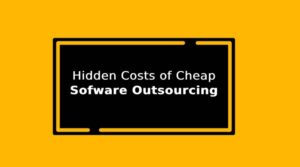

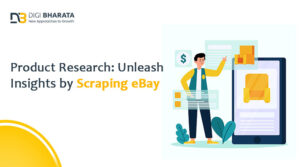





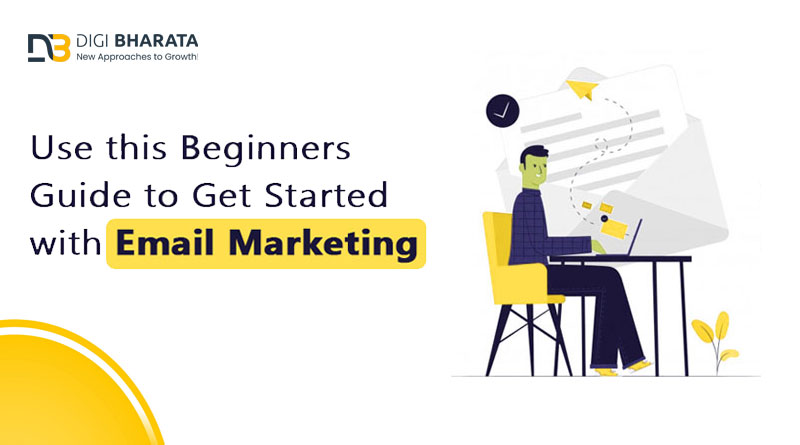



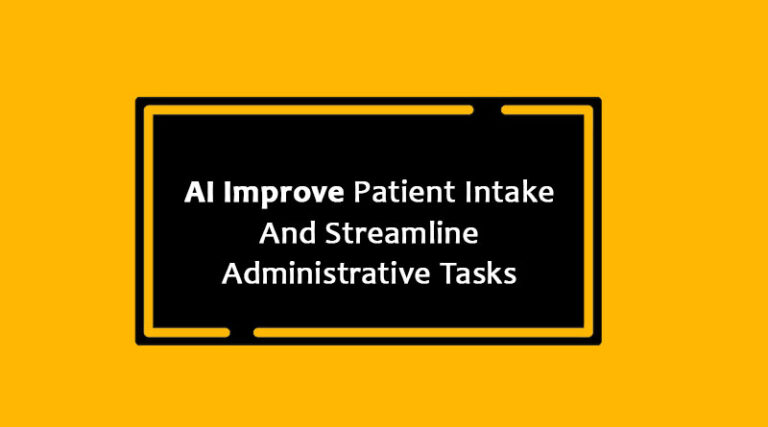
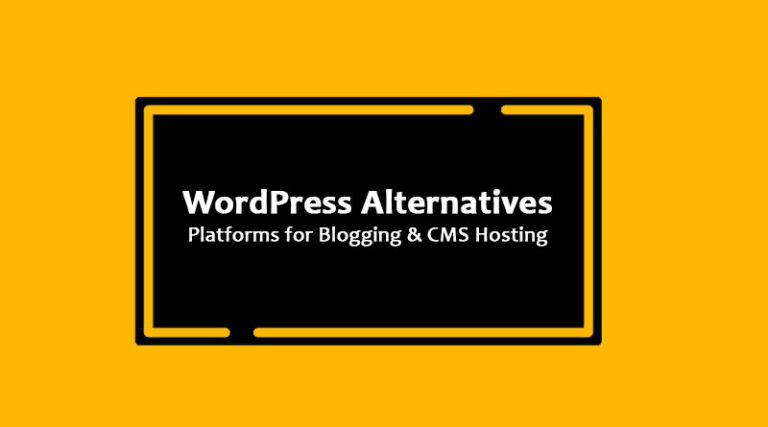
+ There are no comments
Add yours